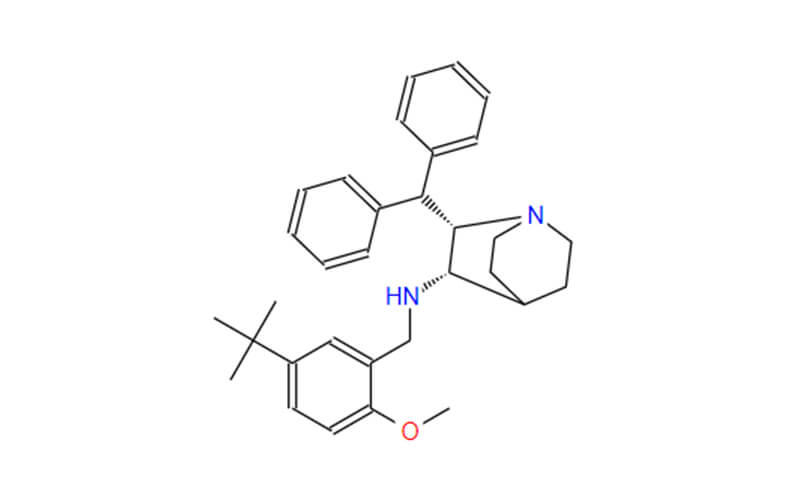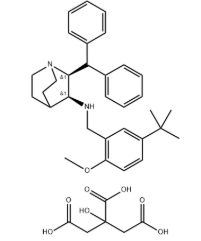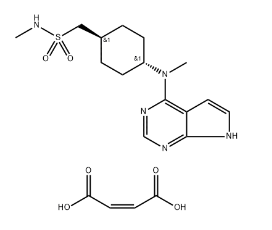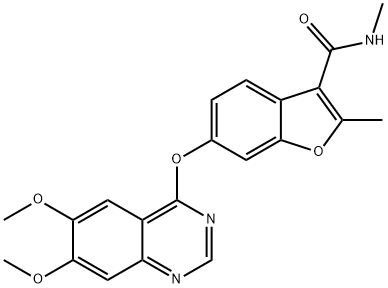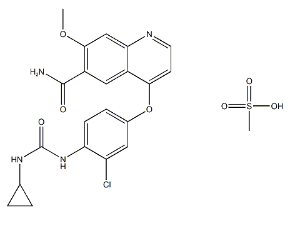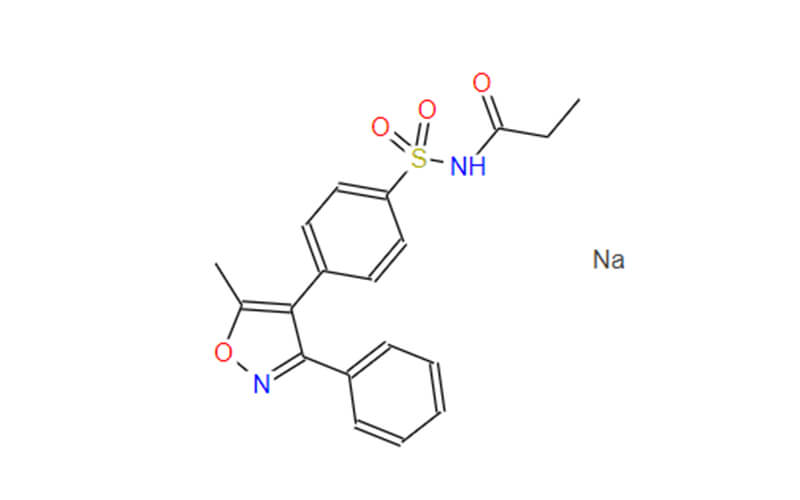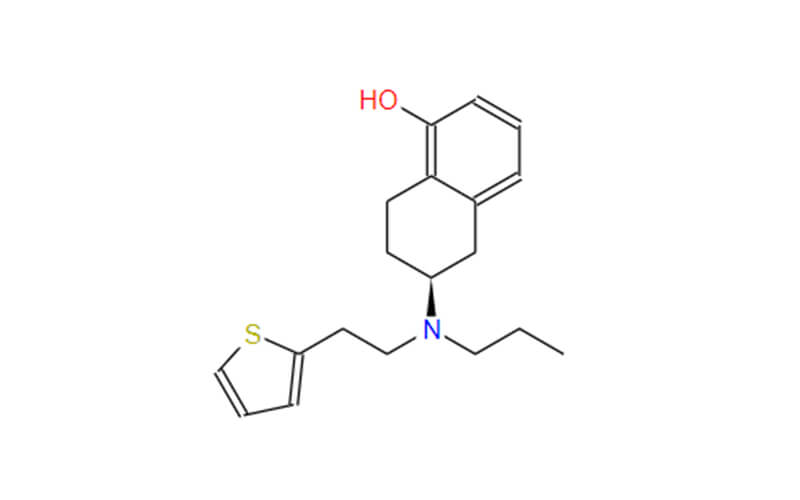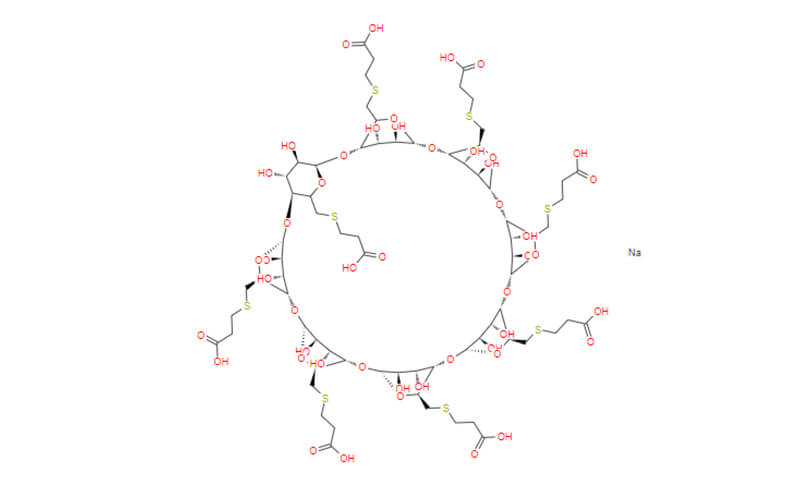A Detailed Exploration of Dabigatran Pellets and Dabigatran Capsules
Dabigatran etexilate, commonly known as dabigatran, is an anticoagulant medication that plays a pivotal role in preventing and treating blood clots. It is available in two distinct forms: dabigatran capsules and dabigatran pellets, each tailored to specific patient populations and offering unique delivery methods.
What are Dabigatran Capsules?
Dabigatran capsules, a solid oral form of dabigatran, hold a prominent position in adult anticoagulation therapy. Their primary indications include:
- Prevention of Deep Vein Thrombosis (DVT) and Pulmonary Embolism (PE): Dabigatran capsules effectively prevent DVT, a blood clot formation in the legs, and PE, a blood clot in the lungs, in adults undergoing hip or knee replacement surgery.
- Treatment of Acute Deep Vein Thrombosis (DVT) and Pulmonary Embolism (PE): Dabigatran capsules are also employed to treat acute DVT and PE, reducing the risk of recurrence and associated complications.
- Prevention of Stroke in Atrial Fibrillation (Afib): For patients with Afib, an irregular heartbeat condition that increases stroke risk, dabigatran capsules offer an effective alternative to warfarin in stroke prevention.
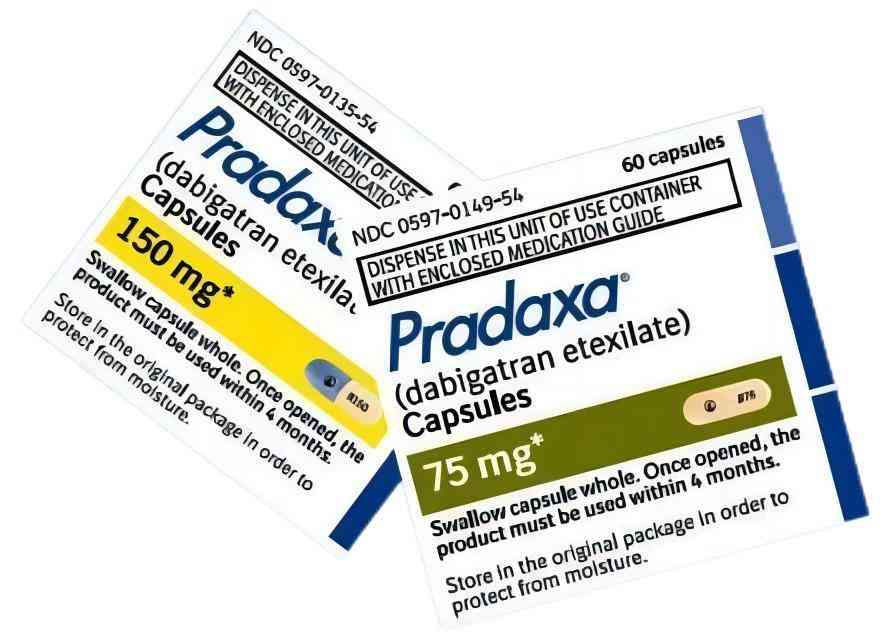
What are dabigatran pellets?
Dabigatran pellets are a form of the blood thinner medication Pradaxa (dabigatran etexilate), which is used to prevent and treat blood clots. The pellets are coated with a substance that helps them dissolve in the stomach, and they are then absorbed into the bloodstream. Once in the bloodstream, the pellets are broken down into dabigatran, which works to prevent blood clots from forming by blocking the action of thrombin, an enzyme that is essential for blood clot formation.
Dabigatran pellets are available in a variety of strengths, and the dosage is determined by the individual patient’s needs. The pellets are typically taken twice daily, and most people are able to take them with or without food.
Dabigatran pellets are generally well-tolerated, but they can cause some side effects, such as bleeding, bruising, and headache. In rare cases, dabigatran can also cause more serious side effects, such as bleeding in the brain or intestines.
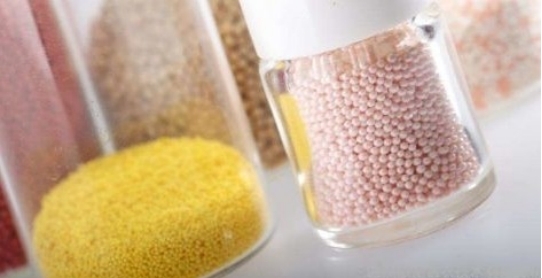
Dabigatran Pellets for Children
Dabigatran pellets, a sprinkled form of dabigatran, represent a significant advancement in pediatric anticoagulation. Specifically designed for children, dabigatran pellets offer several advantages:
- Enhanced Palatability and Convenience: Dabigatran pellets can be sprinkled on soft food or mixed with water or applesauce, catering to children’s preferences and making administration easier.
- Flexible Dosing: Dabigatran pellets are available in a range of strengths, allowing for individualized dosing based on the child’s weight.
- Targeted Therapy: Dabigatran pellets specifically address the needs of children with a history of venous thromboembolism (VTE), effectively preventing recurrent blood clots.
Comparative Analysis Between Dabigatran Capsules and Dabigatran Pellets
- Dabigatran capsules are the original form of the medication. They are available in 75 mg, 110 mg, and 150 mg strengths. The capsules are typically taken twice a day, with or without food.
- Dabigatran pellets are a newer form of the medication. They are available in 75 mg, 110 mg, and 150 mg strengths. The pellets are coated with a substance that helps them dissolve in the stomach, and they are then absorbed into the bloodstream. The pellets are typically taken twice a day, with or without food.
Here are the key differences.
| Feature | Capsules | Pellets |
| Form | Solid capsule | Pellets coated with a substance that helps them dissolve in the stomach |
| Absorption | Absorbed slowly from the stomach | Absorbed rapidly from the stomach |
| Bioavailability | Less bioavailable than pellets | More bioavailable than capsules |
| Food interaction | Can be taken with or without food | Can be taken with or without food |
| Side effects | Similar to pellets | Similar to capsules |

Optimal Usage and Considerations
- Prescription Medication: Dabigatran falls under the category of prescription medications and should only be administered under the supervision of a healthcare professional.
- Disclosure of Medical Conditions and Medications: It is imperative to disclose all medical conditions and medications to the healthcare provider before initiating dabigatran therapy. This information is essential for assessing the patient’s suitability for dabigatran and identifying any potential interactions with other medications.
- Thorough Review of Medications: Due to potential interactions with other medications, a thorough review of all medications is essential before starting dabigatran. This includes over-the-counter medications, herbal supplements, and prescription medications.
- Close Monitoring for Bleeding Events: Close monitoring of patients on dabigatran is crucial to detect any signs of bleeding, as dabigatran may increase the risk of bleeding episodes. Patients should be instructed to report any unusual bleeding or bruising promptly to their healthcare provider.
- Caution During Activities with Injury Risk: Patients should exercise caution when engaging in activities that could increase the risk of injury, such as contact sports or activities that involve a high risk of falls.
Conclusion
Dabigatran capsules and dabigatran pellets stand as effective and safe medications in the fight against blood clots. The choice between the two forms depends on the individual patient’s needs, preferences, and age group. Dabigatran, in either form, offers a valuable therapeutic option for patients at risk of blood clots, providing a means to maintain optimal health and well-being.

